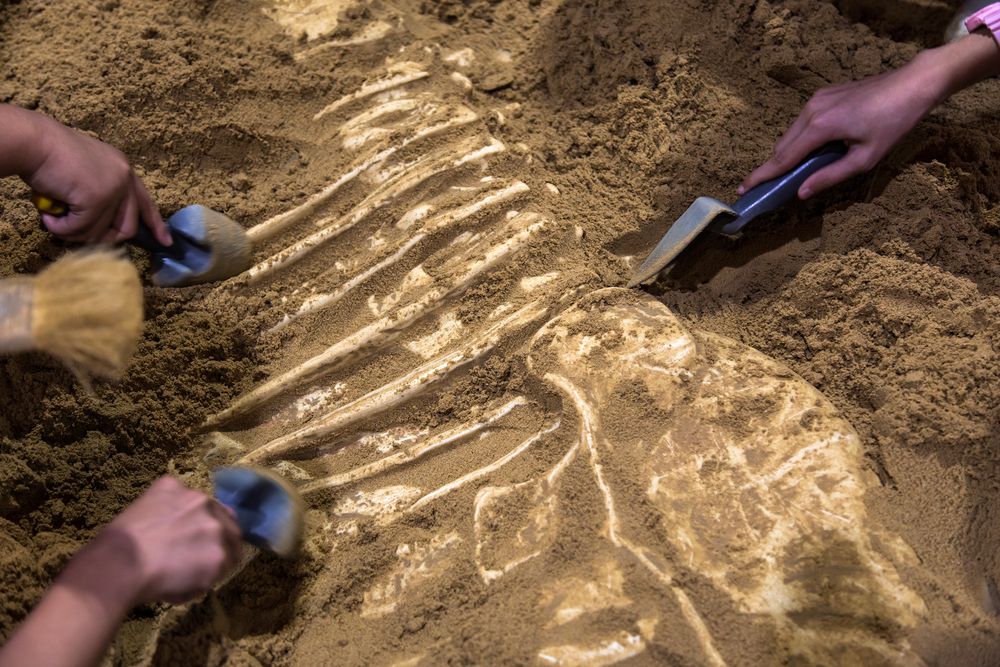
Excavations carried out in the northwest of Patagonia have led to the discovery of bones belonging to a new species of giant sauropod. According to paleontologists, it could be the largest known land animal.
A prehistoric giant
Dinosaurs with oversized neck and tail and towering legs, sauropods are among the largest animals to ever set foot on Earth. Although the fossilized remains unearthed in the province of Neuquen consist mainly of pelvic bones and vertebrae, offering only a glimpse of the gigantic size of the animal, the paleontologists behind the discovery, presented in the journal Cretaceous Research, believe that he came from a population of sauropods of Patagonia hitherto unknown.
According to the study authors, his closest relative was theAndesaurus, a type of ” giant titanosaur “Having existed in the middle of Cretaceous in South America and reaching 18 meters long. However, analyzes carried out so far have indicated that this new titanosaur is much larger, easily exceeding the size of theAndesaurus and of the two largest land animals ever documented, the Patagotitan and theArgentinosaurus, two types of sauropods.
” The census of very large titanosaur sauropods has traditionally been extremely fragmentary, although recent discoveries of more complete taxa have revealed important anatomical information that was not previously available due to preservation biases. The researchers wrote. ” This new specimen is one of the largest sauropods ever found, possibly exceeding the Patagotitan in size.. “
The existence of Patagotitan was announced by paleontologists in 2014, following the discovery of the first fossils in Patagonia the previous year. Based on his gigantic bones, scientists determined that it weighed nearly 60 tons and reached a length of over 31 meters, making it the largest known animal at the time.

A cohabitation suggesting the occupation of distinct ecological niches for South American sauropods
The discovery of this new species allows paleontologists to better understand the emergence of giant sauropod dinosaurs, their evolution and their way of life. It seems that many species of sauropods shared the same environments. A cohabitation suggesting that they occupied distinct places within the food chain.
” The specimen reported here strongly suggests the coexistence of larger and medium-sized titanosaurs with smaller-sized rebbachisaurids [une famille de dinosaures sauropodes] at the beginning of the Upper Cretaceous in the province of Neuquén, indicating an alleged partitioning of ecological niches. “
Widespread dinosaurs
The finds of fossilized sauropod remains on all of Earth’s continents, including theAntarctic, suggest that such dinosaurs were once very common. When the first paleontologists began to study the bones of these enormous creatures in the Victorian era, it was generally believed that due to their size, sauropod species were primarily aquatic animals.
However, later research revealed the adaptations that made it possible for these enormous creatures to live on dry land. These include an air sac system (also documented in this marine theropod), the existence of which is indicated by indentations and cavities in most vertebrae, and hollow bones similar to those of modern birds, which made their huge lighter limbs.
